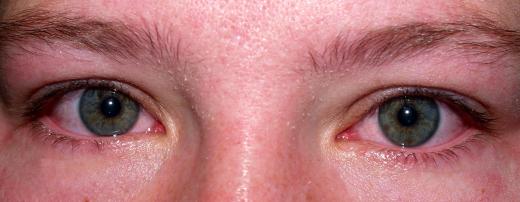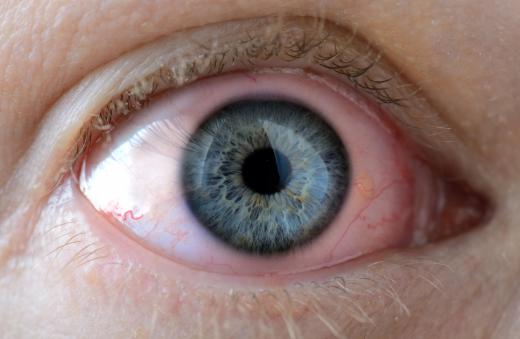Vinyl acetate is a precursor chemical most often used in the manufacture of polyvinyl acetate monomers or polymers, similar plastic compounds of low to high molecular weight that can be combined to form other plastics. At least 83% of generated vinyl acetate is used for this purpose in industry, but it also has a wide range of uses as a emulsion polymer in liquid suspension in paints and adhesives, and in polyvinyl alcohol for textiles and paper fiber. It is also used to manufacture related ethylene-based resins and acrylic fibers.
A colorless liquid with a strong, sweet odor, vinyl acetate is also often referred to as VAM, or acetic acid vinyl ester. It is a monomer by nature that is reactive with a wide variety of chemicals, and vinyl acetate is produced by catalyzing acetic acid with ethylene and oxygen in a reactor. Since it is highly flammable and volatile, with a low flash point of 17.6° Fahrenheit (-8° Celsius), extreme care must be taken with the storage and transportation of the chemical.

With the rapid industrialization of countries such as China, demand for vinyl acetate as an industrial compound is rising at around 3-6% per year as of 2011. Global consumption of vinyl acetate per year is estimated to be in the range of over 9.4 billion pounds (4.3 million metric tons), and it is produced in large capacity in the nations of Brazil, the United States, and the Republic of Korea. It is considered an industrial chemical, and vinyl acetate is not sold on the open market to consumers.

Despite its inherent dangers, vinyl acetate is considered rather safe to handle if its chemical properties are well understood. The Canadian and European Union governments, as of 2009, concluded that it is not harmful to human health in small quantities. Large scale exposure, however, can cause irritation of the respiratory tract, allergic reactions, and irritation of the eyes and skin. Animal studies have found that long-term exposure to high concentrations of vinyl acetate can be carcinogenic.
One of the strongest growth areas for vinyl acetate in rapidly industrializing nations is in its use to produce polyvinyl alcohol for use in textile manufacturing, and ethylene vinyl alcohol, which is used as a barrier resin to line food packaging. Ethylene vinyl alcohol use is on the rise, as it has widespread uses as a effective, non-toxic gas barrier. This works well to keep odors and flavors that are emitted by food products contained within the packaging.
